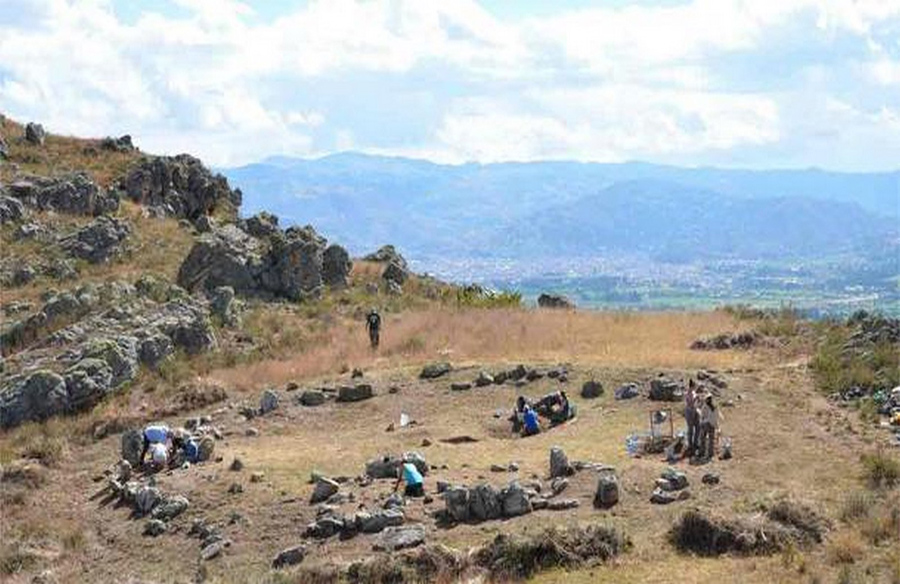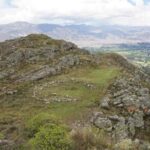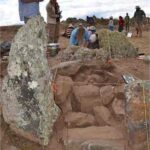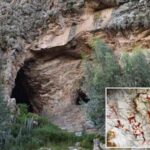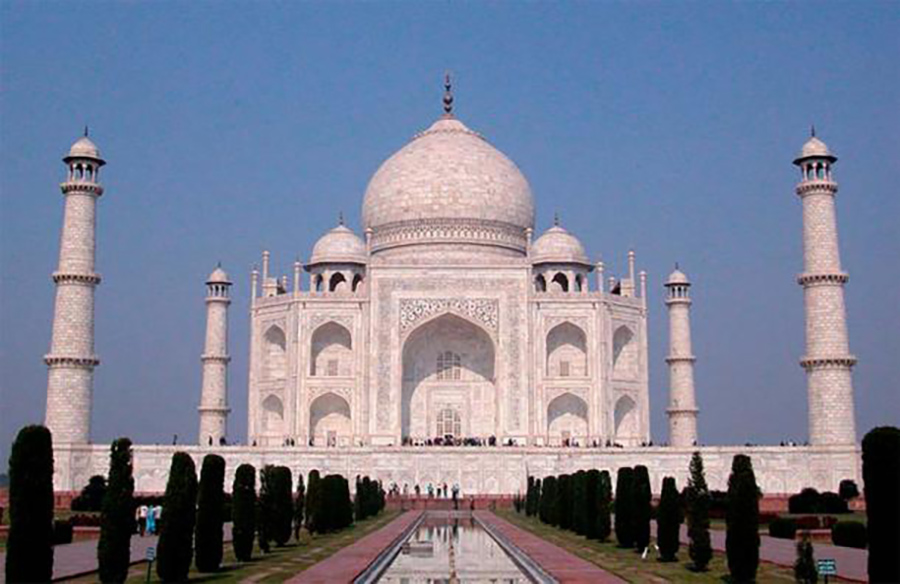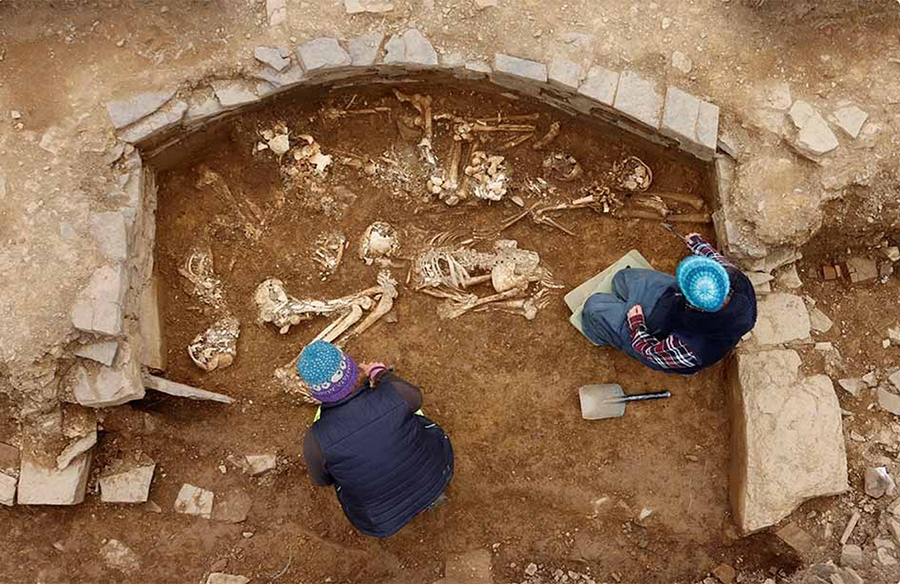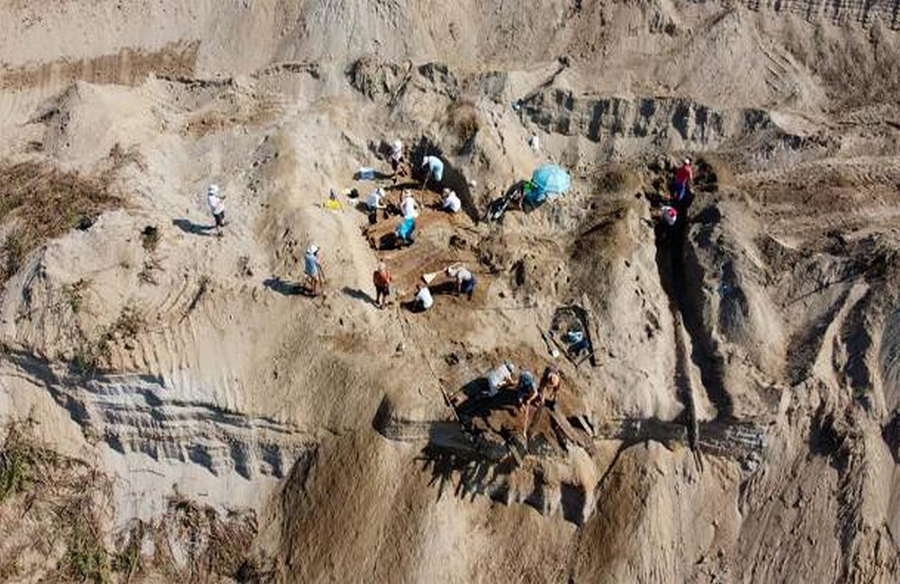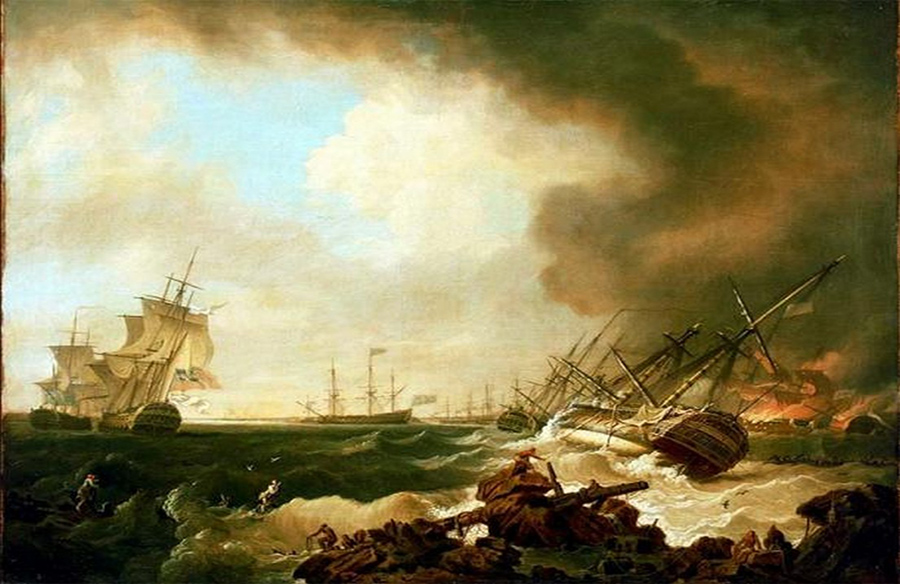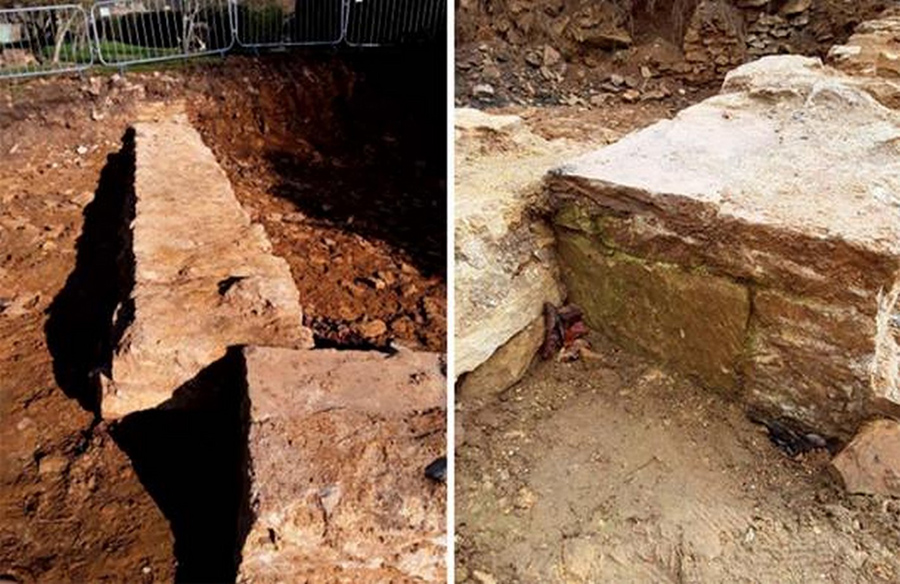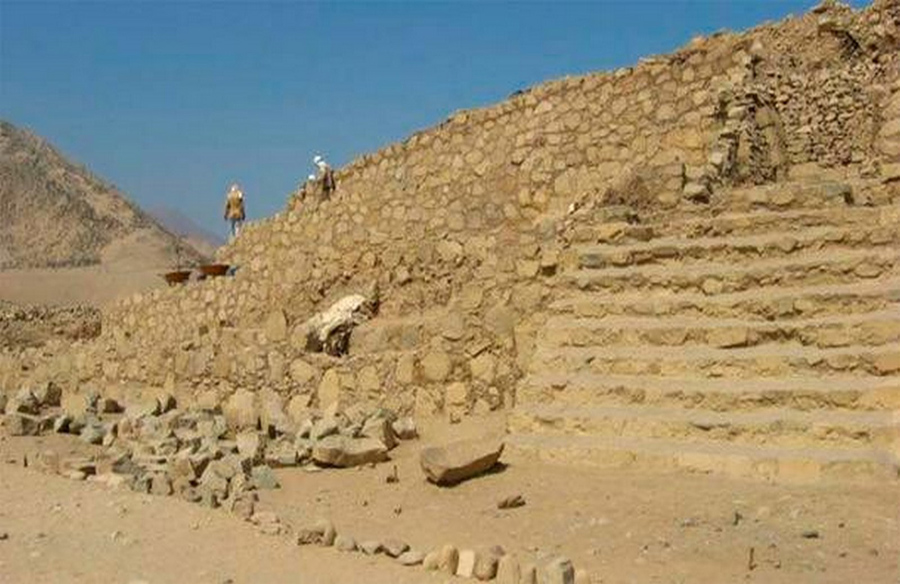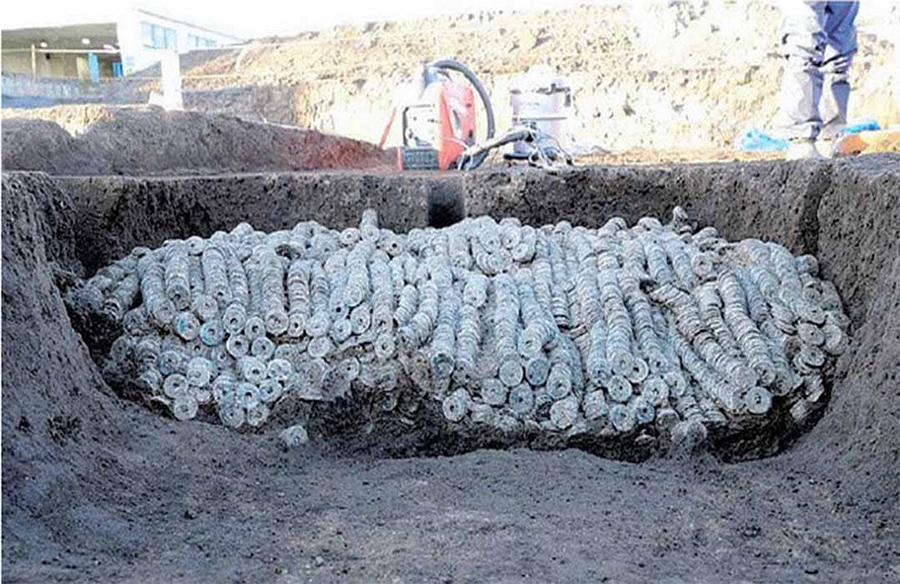High in the Andes of Peru, archaeologists have unearthed a remarkable prehistoric plaza, shedding light on the rituals and beliefs of ancient nomadic groups nearly 5,000 years ago.
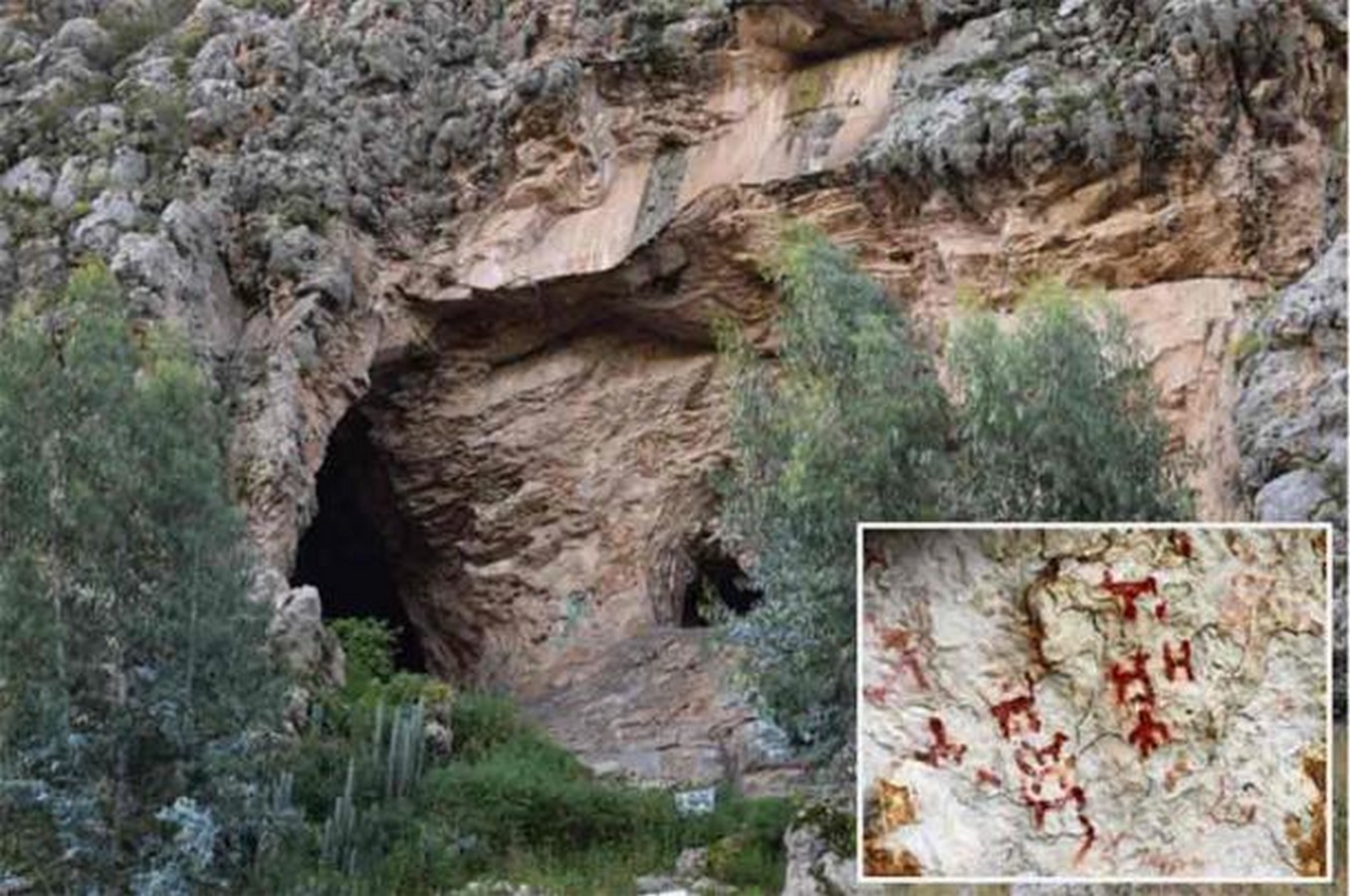
Discovering Callacpuma Stone Plaza
Situated at an altitude exceeding 3,000 meters above sea level, the Callacpuma stone plaza is a testament to the ingenuity and spiritual practices of early Andean societies. Constructed with large megalithic stones arranged in two concentric circles, the plaza served as a ceremonial space where offerings were made to deities of a bygone era.
A Glimpse into Prehistoric Life
Located in the Cajamarca River basin, the Callacpuma archaeological site has been a focal point of research for over 60 years. Cave paintings depicting various subjects adorn the site, offering insights into the cultural and artistic expressions of ancient inhabitants. Spanning 250 hectares, the site encompasses agricultural terraces, domestic structures, and a network of caves, providing a comprehensive view of past lifeways.

Recording History: The Stone Circle
Systematic study of the site commenced in 2015, leading to the documentation and carbon dating of the circular plaza to over 4,700 years ago. This makes it one of the earliest known megalithic constructions in the region, predating iconic structures like Stonehenge by nearly two millennia. Anthropologist Jason L. Toohey suggests that the plaza represents a significant milestone in monumental architecture north of the Andes.
The Function of the Plaza
Excavations have revealed two entrances to the plaza, hinting at controlled access to the ceremonial space. The builders meticulously prepared the ground before erecting the walls, using a mixture of clay, soil, gravel, and charcoal. Fragments of ceramic vessels, quartz crystals, and precious stones like lapis lazuli suggest the importance of the site for rituals and offerings.
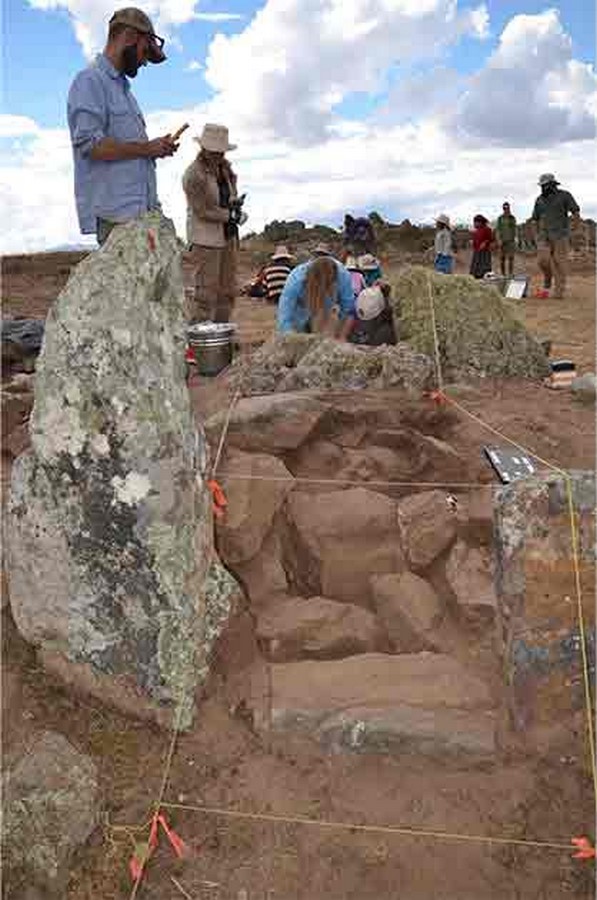
Insights into Ancient Belief Systems
The discovery of artifacts dating to the Layzón period indicates periodic visits to the stone circle, emphasizing its continued significance over time. The construction of such ritual sites reflects a shift in belief systems among semi-nomadic peoples, highlighting the importance of collective actions and regional cooperation in shaping cultural practices.
Unraveling Mysteries: Future Directions
The research team, led by Toohey and comprising scholars from various institutions, plans to employ advanced technologies like ground-penetrating radar and drone-captured infrared images to further explore the mysteries of Callacpuma Plaza. As excavations continue, each discovery adds to our understanding of ancient Andean civilizations, offering a glimpse into a world shrouded in the mists of time.
